On Campus
How campus has transformed and what’s in store.
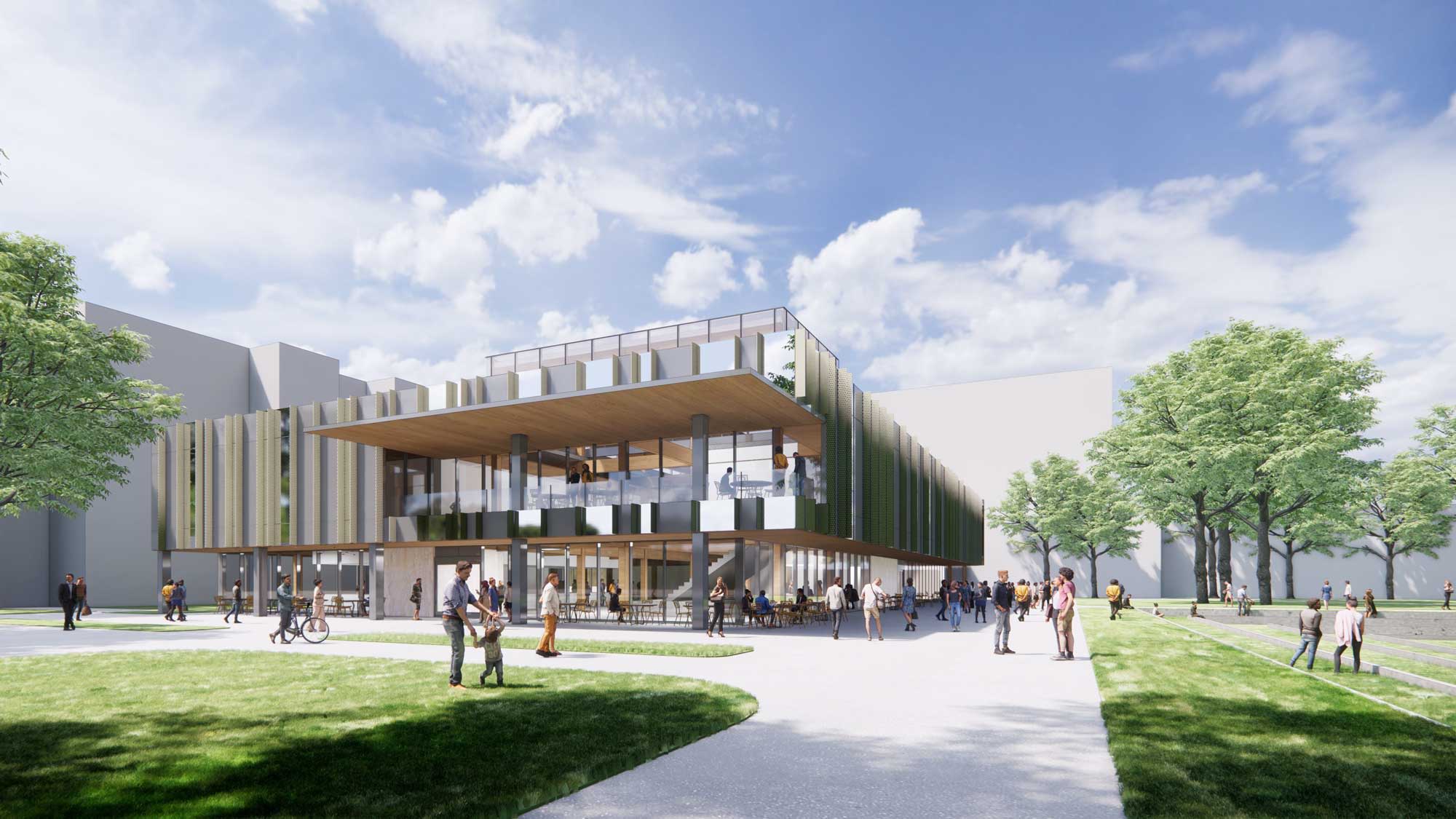
THE SATELLITE IS GONE. LONG LIVE THE HUB!
A new, sustainable hangout spot will modernize campus dining.
To replace the recently demolished Student Center Satellite (gone but not forgotten), the University of Houston is constructing a new-and-improved retail food hall scheduled to open in spring 2024. Dubbed “The Hub,” the two-story, 41,000-square-foot facility will be home to multiple international food concepts, a convenience store and a coffee shop. The Hub will be campus’s first mass timber building — a sustainable architectural technology that reduces greenhouse gas emissions and pollution.
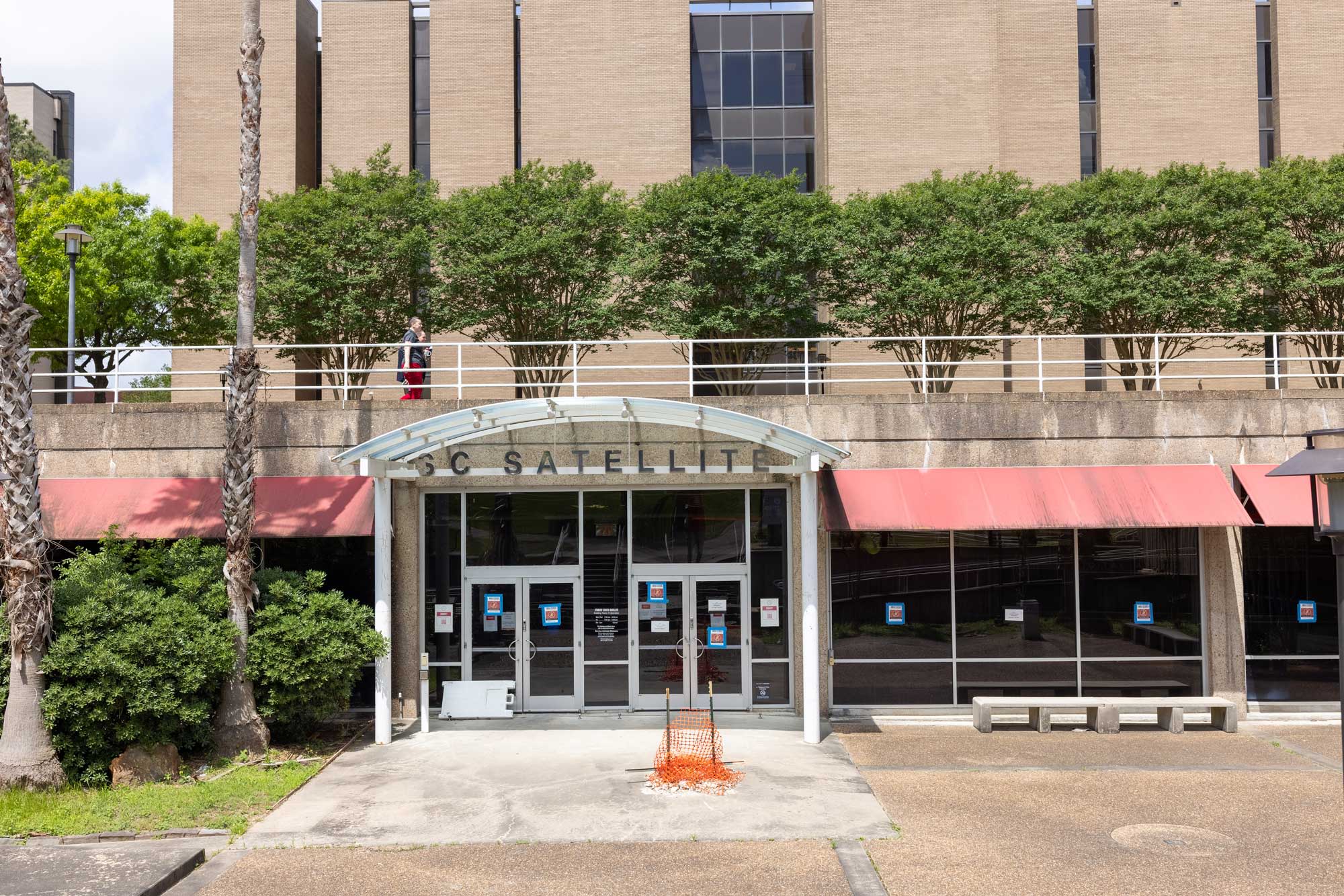

The Hub’s sustainability-centered design will reflect nature, weaving in the scenic, forested landscape through an upper-story glass canopy and ground-level transparent windows.
The Hub’s sustainability-centered design will reflect nature, weaving in the scenic, forested landscape through an upper-story glass canopy and ground-level transparent windows.

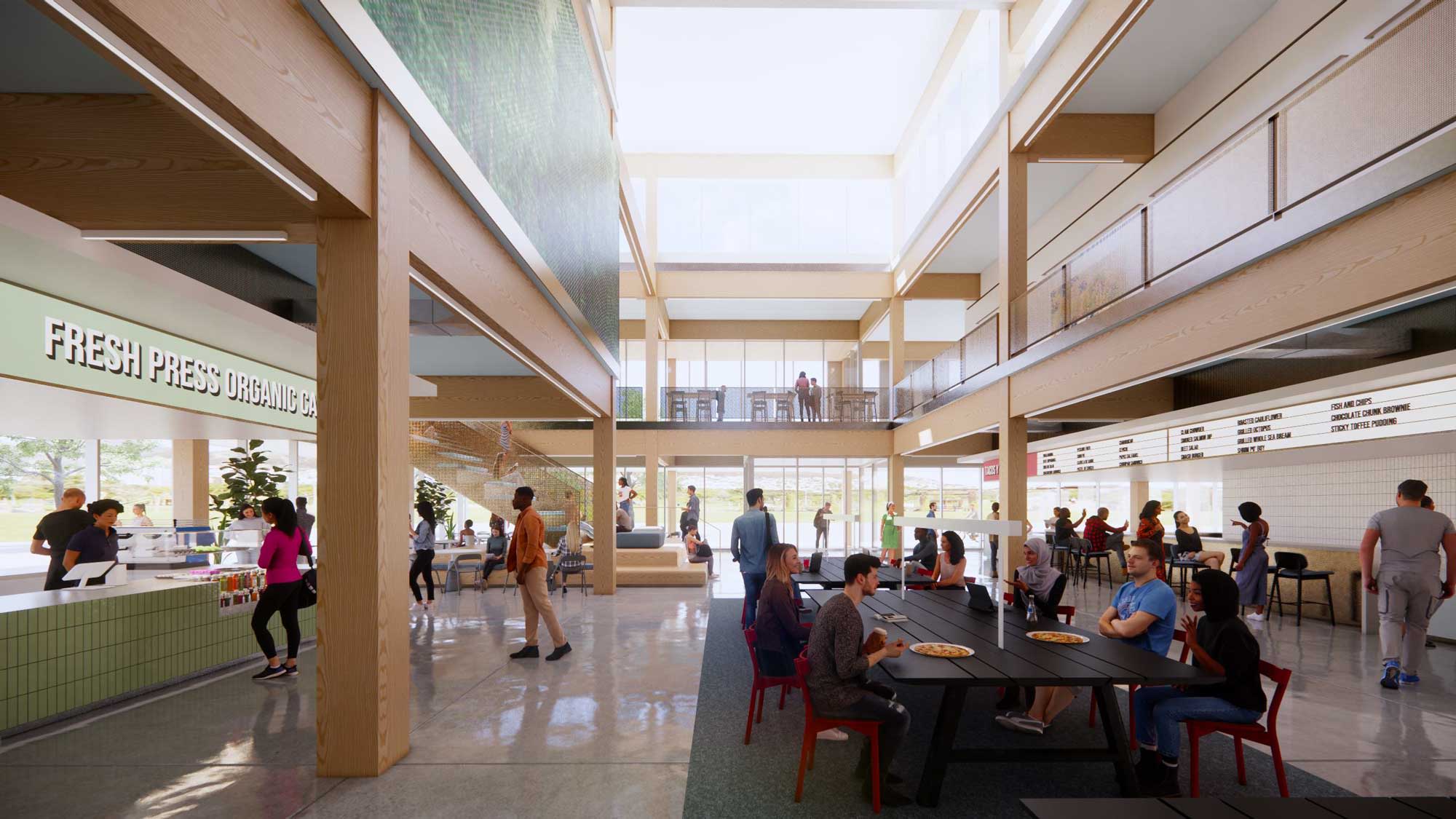

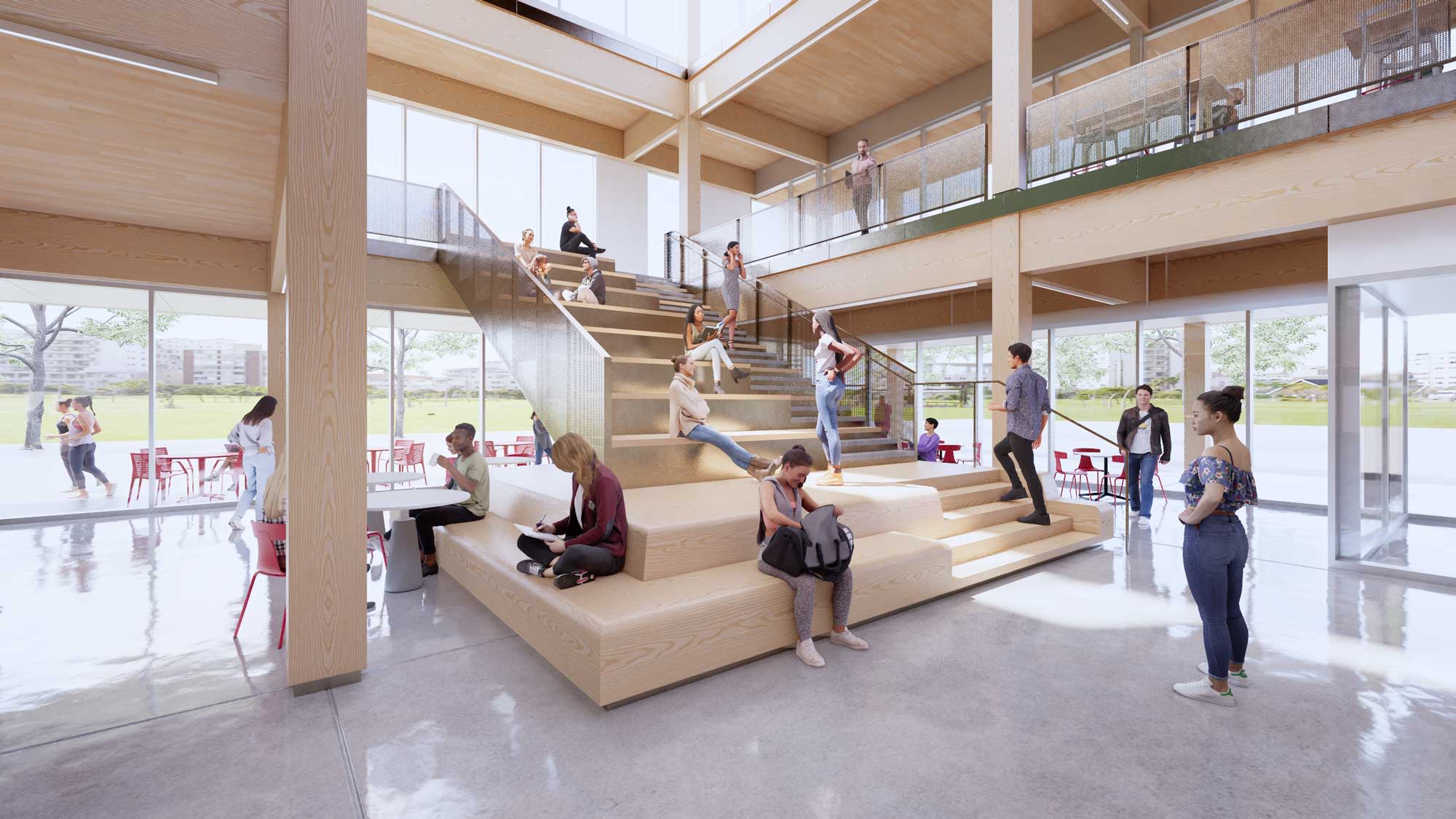
Designed to foster connection and community, the open-floor Hub will have plenty of natural light, community tables allowing large groups to connect and outdoor patio seating with scenic campus views of mature trees and large-scale public art.
Designed to foster connection and community, the open-floor Hub will have plenty of natural light, community tables allowing large groups to connect and outdoor patio seating with scenic campus views of mature trees and large-scale public art.
NOW/THEN
In 1939, the Roy Gustav Cullen Building arose from a semiswamp of mud. Today, it stands before a beautiful fountain where students gather to study and chat.
The Roy Gustav Cullen Building — the oldest building on campus — dates back to 1939, when only 2,067 students attended UH. Although renovations over the decades have brought the building into the 21st century, its halls have retained the spirit of UH’s architectural heritage. Take a look at how this campus centerpiece has evolved over the last century.
➤ The original 1939 building cost an estimated $235,000. UH has since invested in its restoration, renovation and functional improvement.
➤ Its stripped classicist style was partially lost during renovations but has since been reintroduced, as seen in the diamond patterned tower windows.
➤ At its dedication in 1939, RGC became the first air-conditioned university building in the U.S., at a cost of $5,000. Today, the renovated facility is LEED-certified and relies on natural light for increased energy efficiency and student health.
➤ Ludowici Roof Tile supplied the original roof’s clay tile. During the building’s latest restoration, they miraculously found their 1939 catalog in order to match the clay composition and style to the original design.
➤ RGC originally housed a temporary library with two stack rooms. The permanent library now encompasses three rooms opening into a larger, communal space.
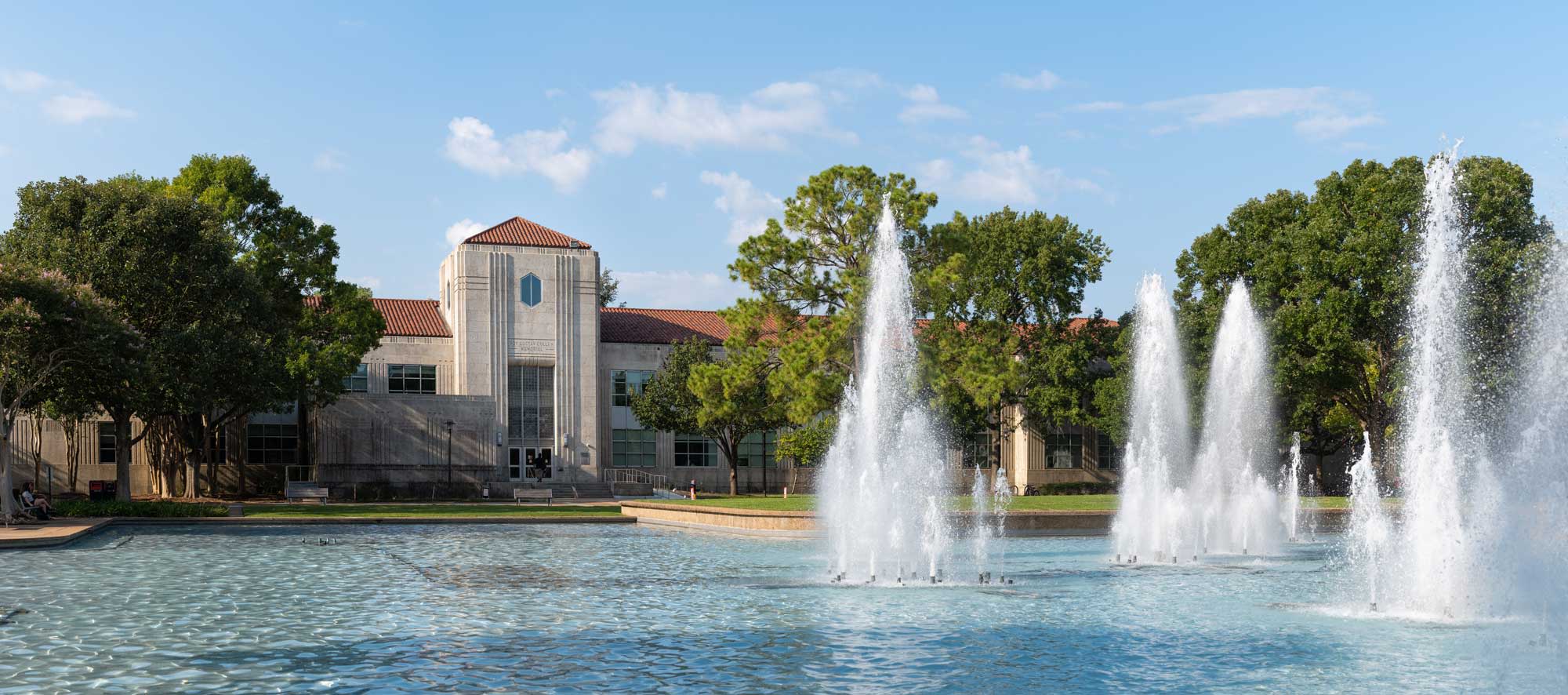
NOW: Recent renovations have carefully reintroduced the Roy Gustav Cullen Building’s original style and spirit while also modernizing the facility for a new era.
NOW: Recent renovations have carefully reintroduced the Roy Gustav Cullen Building’s original style and spirit while also modernizing the facility for a new era.
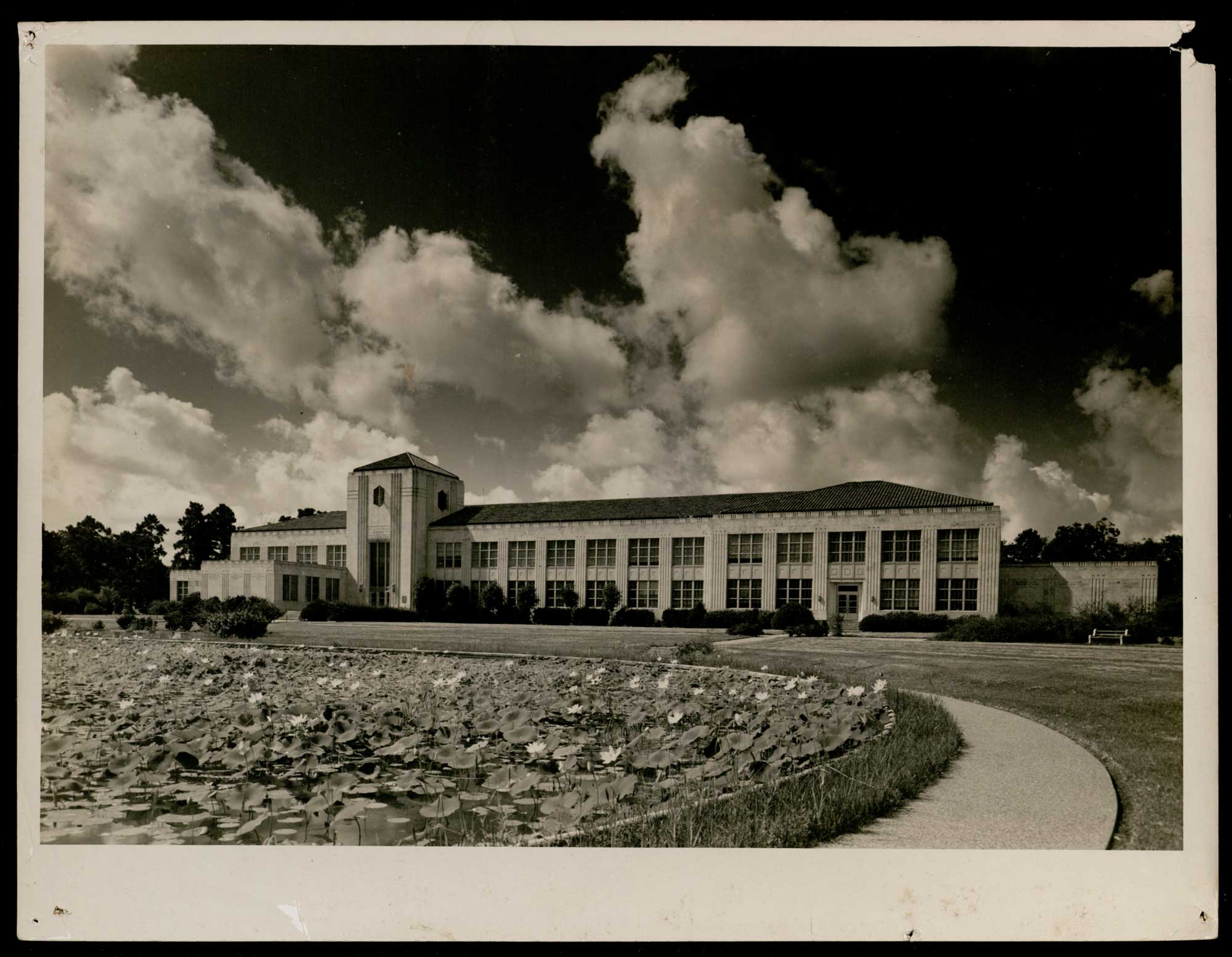
THEN: The Roy Gustav Cullen Building dates back to 1939. An example of the stripped classicism of the period, the building also became the first air-conditioned university building in the U.S. — which the University of Houston’s 2,067 students surely appreciated.
THEN: The Roy Gustav Cullen Building dates back to 1939. An example of the stripped classicism of the period, the building also became the first air-conditioned university building in the U.S. — which the University of Houston’s 2,067 students surely appreciated.
